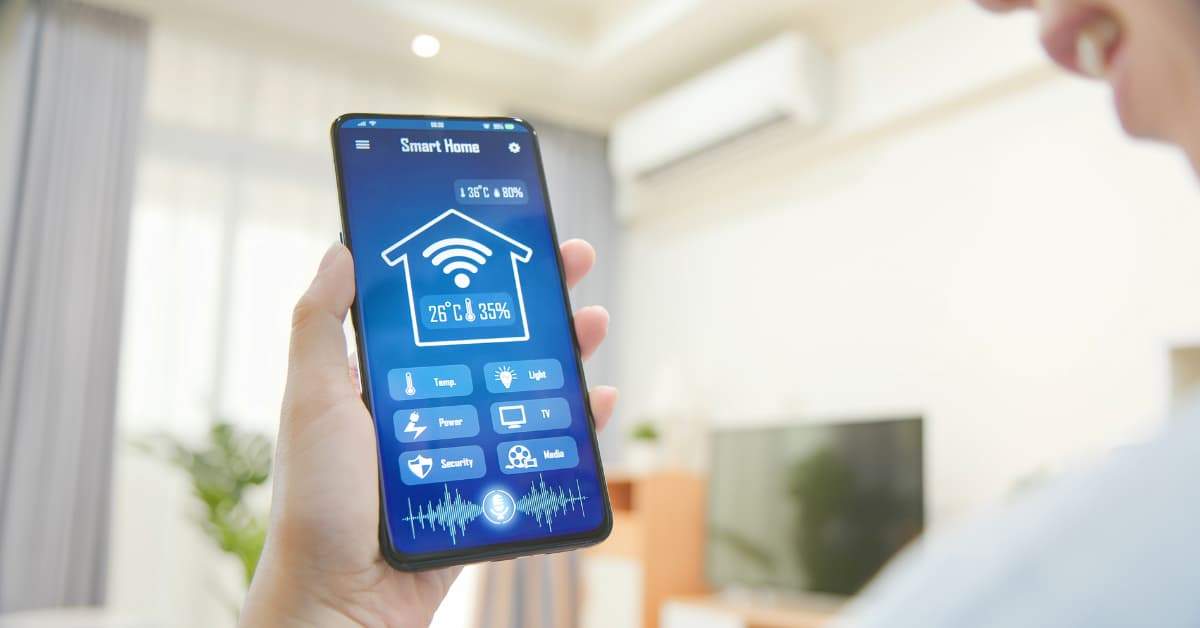Voice technology, with features like speech-to-text and voice recognition, is emerging rapidly in mobile applications.
The technology enables users to communicate with devices using their voice, allowing commands, questions, and controls to be said through words spoken into the air.
Moreover, it underlies some of today’s most trending aspects, including voice assistants and speech-to-text tools, which are changing the level of our interactions with the digital world.
It ranges from using voice commands to sending off a message to asking your phone for directions; this technology makes tasks easier and faster.
The technology allows users to interact with their devices in a much lighter manner, enriching and making the overall experience easier.
Speech-to-Text: Enhanced Accessibility and Efficiency
Speech-to-text is by far the most valuable part of this voice technology. The feature converts spoken words into written text.
Therefore, one can make requests to the applications without having to type in on their keyboard populated with characters. It is most helpful for those who either need to type a lot or have difficulty typing.
Transcription is now primarily found in apps for dictation, voice commands, and even for writing email or text messages. This allows users to be more productive and greatly helps people with minimal mobility or any other handicaps that could make typing a chore.
Voice Recognition: Personalizing User Interaction
Voice recognition technology allows devices to know and act in response to commands given by voice.
Any device’s ability to identify a user’s voice and react to it accordingly forms the foundation of personalization in user-device interaction.
It finds its way from phone voice unlocking to virtual assistants that understand and respond to requests. As it recognizes individual voice patterns, this technology is able to provide interactions that are tailored specifically to the user, hence making them much more secure and customized.
Voice Assistants: Making Voice Technology Mainstream
Voice assistants like Siri, Google Assistant, and Alexa have increased the popularity of voice technology. People now use voice assistants differently, which has led to more apps that rely on voice commands.
The number of voice-enabled devices, such as smartphones and smart speakers, has been increasing with time, and users are increasingly associated with using their speech for technology interactions.
This adoption has eased the way for developers to add voice features to apps since users already expect apps to include these kinds of features.
How voice recognition works
All voice technologies work on the principle that the device recognizes spoken commands or instructions to create an effect. Here’s a simple explanation:
- Sound Capture: The microphone of the device captures your voice and converts it to digital data.
- Audio Processing: The system filters out background noise with great attention to words.
- Feature Extraction: The software analyzes the audio by extracting unique characteristics such as pitch and tone.
- Pattern Recognition: The system compares these features to a database of language patterns to understand the words being spoken.
- Interpretation: The software interprets the meaning based on the context of the command.
- Action: The device performs the requested action, such as sending a message or providing information.
This process happens almost instantly, allowing users to interact with their devices in real time.
Why Voice Technology Matters Today
Voice technology is becoming increasingly relevant today. It is redefining standards on how one engages with applications and devices by making them more user-friendly and accessible.
Voice technologies integrate applications, and their functionality allows them to run hands-free, which suits the busy lifestyles of most modern users.
A greater demand for applications supporting voice applications will arise as more and more people are getting used to putting sounding instructions.
Developers are, therefore, striving to keep up with customers’ changing needs and expectations by incorporating voice technologies into app development.
Growing Demand for Voice-Enabled Apps
Voice assistants are gaining popularity, and there is a great demand for apps incorporating voice features.
It is rapidly transforming how apps are developed and used across various industries. Cities like San Francisco, Texas, Denver, and Houston are becoming key hubs for innovation in this field, each bringing unique strengths to the table. Even mobile app development Chicago and Florida is seeing a rise in the integration of voice technology into local businesses, making apps more user-friendly and accessible.
Voice assistants have developed to understand and carry out complex commands. Users are getting accustomed to having this comfort in apps, so developers have been under pressure to include a voice feature simply to keep up with the competition.
How Voice Technology Increases Relevance of Apps
It is evident that voice technology in apps does not allow a so-called fashionable wave but is further oriented in order to plan for the future. More people demand hands-free, voice-driven experiences, and apps with these features become more relevant and likable.
Voice technology can boost the user experience of any application. This usually happens, especially in scenarios when typing becomes too awkward for a given app, like when the user is driving or doing something else. It will make the app easier to use for a much larger audience. Therefore, it will provide inclusivity for persons with disabilities, and everyone will be able to work with the app.
Developers are increasingly focused on integrating voice technology features to enhance user experiences. This trend is visible across various regions, from app development Denver to Texas and Florida. Businesses are keenly interested in creating voice-integrated solutions that improve user engagement and satisfaction.
As this trend continues to grow, more app development companies are leveraging voice technology to stay ahead, crafting apps that meet the evolving needs of users in various industries.
The Future of Developing Applications Using Voice Technology
Voice technology is the evolutionary step in the development of applications. Voice augmentation will make the functionality and user experience much better with the help of more engaging apps:
Integrating voice technologies, however, is not without its share of the challenges that make up part of that plethora: developers need to make sure that their voice recognition is accurate, to understand a variety of accents and dialects, and that the tools and solutions developed are safe and secure, particularly in handling sensitive voice data.
If you want to invest in the development of an app with voice recognition, consider partnering with an experienced mobile app development company Houston, Chicago, Texas, or any other state across the United States. It’s often better to work with a local team than an offshore one.
A local company with years of experience in the voice industry will understand your specific needs much better and be able to provide more personalized service, ensuring that your app is created with state-of-the-art innovations.
Conclusion
Voice technology is changing the way we interact with devices to make apps more intuitive, accessible, and engaging. By including features such as voice recognition and speech-to-text within the app, developers can better meet user needs. App development will become an integral part of technology as it moves even further.
Be it making a new app or simply enhancing an existing one, voice integration can indeed prove to be the right choice, not just to improve the user experience but to keep your app from becoming obsolete in this steady, developing market. App use will be voice-driven, so this is the right time to adopt this fascinating technology.



